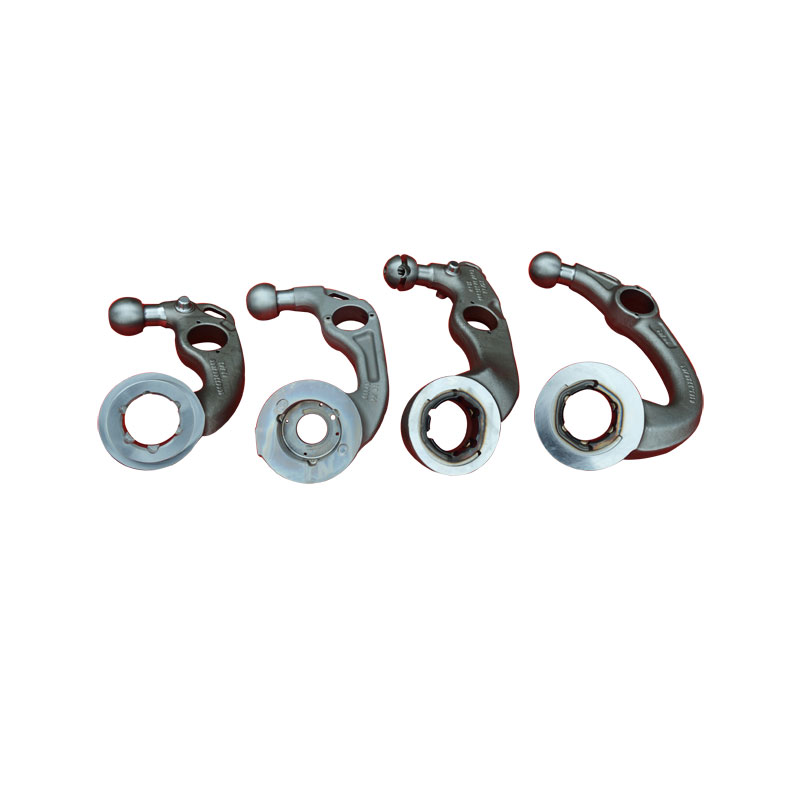Key points related to ball neck type forgings
2023-10-20
Ball neck type forgings refer to a type of forged component or product that has a spherical or ball-like shape at one end, typically used in various industrial and mechanical applications. Forgings are produced by shaping and compressing metal using heat and pressure, resulting in strong and durable parts. Here are some key points related to ball neck type forgings:
1. Forging Process: Ball neck type forgings are manufactured through a forging process, which involves heating a metal workpiece to a high temperature and then applying force to shape it into the desired form. The forging process enhances the mechanical properties of the material, making it stronger and more resistant to stress and fatigue.
2. Shapes and Sizes: Ball neck type forgings can come in various shapes and sizes, but they are characterized by having a spherical or ball-like feature at one end. The rest of the component may have different geometries or configurations, depending on the intended use.
3. Applications: These forgings are used in a wide range of applications across industries such as automotive, aerospace, construction, and manufacturing. They are often used as connectors, joints, pivots, and other components where a spherical shape is needed for movement or attachment.
4. Materials: Ball neck type forgings can be made from various metals and alloys, including steel, stainless steel, aluminum, brass, and titanium, depending on the specific requirements of the application. The choice of material is based on factors like strength, corrosion resistance, and weight.
5. Machining and Finishing: After the forging process, ball neck type forgings may undergo additional machining and finishing operations to achieve precise dimensions and surface finishes. These operations can include drilling, threading, grinding, and coating.
6. Quality and Durability: Forged components, including ball neck type forgings, are known for their high quality and durability. They can withstand heavy loads, high temperatures, and challenging environmental conditions, making them suitable for demanding applications.
7. Customization: Manufacturers can produce ball neck type forgings to meet specific customer requirements, including size, shape, material, and tolerances.
8. Testing and Quality Control: To ensure the quality and reliability of ball neck type forgings, they may undergo various non-destructive testing (NDT) methods, such as ultrasonic testing or magnetic particle inspection, as part of quality control processes.
In summary, ball neck type forgings are specialized components with spherical or ball-like features, commonly used in industrial and mechanical applications where their shape is advantageous for connecting and articulating various parts. Their durability, strength, and ability to withstand extreme conditions make them valuable components in many industries.



